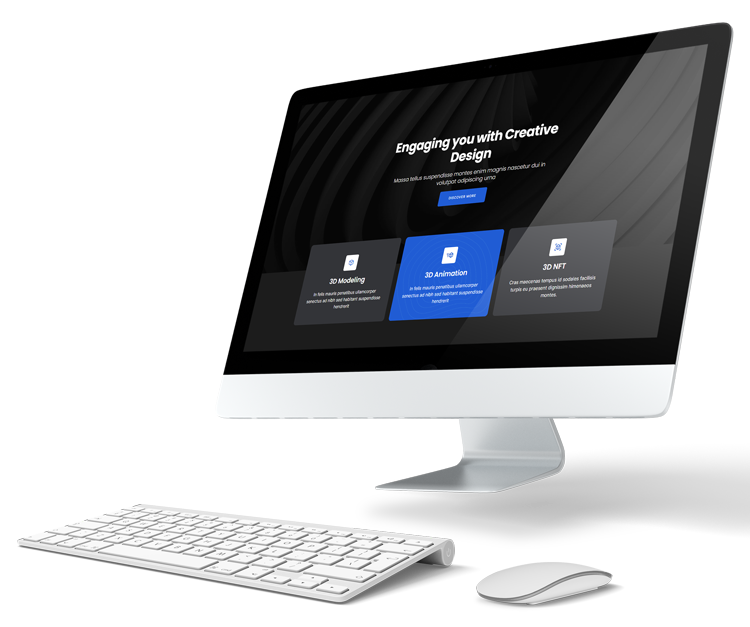manufacturing
Case Study: DNK Metal Recovery
DNK Metal Recovery faced challenges with managing fluctuating scrap metal prices and manual inventory processes, leading to inefficiencies and inaccuracies. Ocunapse Sdn Bhd implemented a custom stock management system that integrated real-time market data and streamlined operations, resulting in improved decision-making, reduced errors, and enhanced financial oversight.
DNK Metal Recovery faced significant challenges in managing its vast inventory of scrap metal, given the fluctuating nature of metal prices and the manual processes that were in place. The company needed a robust system to streamline operations, reduce errors, and improve decision-making by integrating real-time market data, particularly from the London Metal Exchange (LME). The existing processes were not only time-consuming but also prone to inaccuracies, impacting the company's ability to maintain optimal stock levels and respond swiftly to market changes.
Ocunapse Sdn Bhd developed a custom stock management system tailored to the unique needs of DNK Metal Recovery. This system provided real-time tracking of inventory, automatic updates based on transactions, and daily integration with LME prices for accurate material valuation. The solution included a user-friendly administrative portal where DNK Metal Recovery could input and adjust prices, set purchase and sale prices, and monitor stock levels. The mobile access feature enabled the director to manage operations remotely, always ensuring informed decision-making.
The implementation of the stock management system transformed DNK Metal Recovery's operations. The automation of inventory management processes led to a significant reduction in manual errors and time spent on stock tracking. The integration with LME ensured that DNK Metal Recovery could make timely and market-driven decisions, resulting in better financial oversight and cost savings. The system's mobile capabilities allowed the director to stay connected with the business, even while on the go, contributing to more agile and effective leadership. Overall, the project achieved its goals of enhancing operational efficiency, reducing costs, and providing a scalable solution for future growth.
This success story demonstrates the impact of leveraging technology to solve industry-specific challenges and drive business success.

Case Study: Vellu Scrap Metal Sdn Bhd
Vellu Scrap Metal enhanced its operations by automating inventory management, integrating LME data, and enabling mobile access, resulting in improved efficiency, reduced errors, and better decision-making.
Vellu Scrap Metal Sdn Bhd faced difficulties in managing fluctuating metal prices and inconsistent stock quality with manual inventory processes that were prone to errors. The company required an automated solution that could integrate real-time market data from the London Metal Exchange (LME) and offer mobile access for management to make quick, informed decisions.
Ocunapse Sdn Bhd developed a customized stock management system tailored to the needs of Vellu Scrap Metal. This solution included real-time inventory tracking, LME integration for daily market updates, and a mobile-accessible dashboard that enabled the director to monitor, approve transactions, and generate reports on the go. Additionally, the system’s automatic stock updates and price management features improved operational efficiency and ensured accurate, timely decision-making.
The new stock management system greatly improved Vellu Scrap Metal's operational efficiency, reducing manual errors and streamlining inventory management. With the integration of real-time market data from LME and mobile capabilities, the company achieved better financial oversight, cost savings, and the ability to make agile, data-driven decisions. The enhanced system positioned Vellu Scrap Metal to stay competitive, increase profitability, and maintain better control over its operations.
Vellu Scrap Metal revolutionized its operations by automating inventory management, integrating market data from LME, and gaining mobile access for real-time decision-making, resulting in reduced errors, improved efficiency, and better financial control.
Software Development in the Insurance Industry
Software development in the insurance industry plays a crucial role in modernizing operations, enhancing customer experiences, and ensuring regulatory compliance. As the industry becomes increasingly digital, insurance companies are leveraging software solutions to streamline processes, manage risks, and offer personalized services. From policy management systems to claims processing and customer portals, software development has become integral to the functioning and growth of insurance businesses.
Key Areas of Software Development in Insurance
- Policy Management Systems: One of the core components of insurance software is the policy management system, which handles the entire lifecycle of an insurance policy. This includes issuing new policies, managing renewals, endorsements, cancellations, and calculating premiums. Modern policy management software automates these processes, reducing manual errors and improving efficiency. These systems are also designed to integrate with other business processes, providing a seamless experience for both insurers and policyholders.
- Claims Processing: Efficient claims processing is vital for maintaining customer satisfaction and operational efficiency. Software solutions for claims management automate the reporting, assessment, and settlement processes. These systems can include features like automated fraud detection, integration with third-party assessors, and real-time tracking of claims status. By reducing processing times and minimizing errors, these systems help insurers quickly respond to claims, which is crucial for maintaining customer trust.
- Customer Relationship Management (CRM): CRM systems tailored for insurance help companies manage customer interactions, track policyholder information, and personalize communications. These systems enable insurers to analyze customer data, anticipate needs, and offer tailored products, thereby improving customer retention and satisfaction. Advanced CRM systems also facilitate omnichannel communication, allowing customers to interact with their insurers through various platforms, including mobile apps, websites, and call centers.
- Risk Management and Underwriting: Software development in insurance also focuses on risk management and underwriting processes. Advanced analytics, machine learning, and artificial intelligence (AI) are increasingly used to assess risks and make underwriting decisions. These technologies enable insurers to evaluate vast amounts of data, including historical claims data, demographic information, and even external factors like weather patterns or economic indicators. The result is more accurate risk assessments and better pricing models, leading to more competitive products.
- Regulatory Compliance: Insurance companies operate in a highly regulated environment, with strict requirements for data security, reporting, and customer privacy. Compliance management software helps insurers navigate this complex regulatory landscape by automating reporting, ensuring data integrity, and providing audit trails. These systems are designed to adapt to changing regulations, reducing the risk of non-compliance and the associated penalties.
- Digital Transformation and Customer Experience: The rise of InsurTech, a blend of insurance and technology, is driving digital transformation across the industry. Software development is at the heart of this shift, enabling insurers to offer digital-first experiences through mobile apps, online portals, and AI-driven chatbots. These tools improve accessibility, allowing customers to manage their policies, file claims, and receive support anytime, anywhere. Moreover, AI and big data analytics enable insurers to provide personalized recommendations, helping customers find the right coverage and enhancing their overall experience.
- Integration and Interoperability: Modern insurance software is often built to integrate with existing systems and third-party services. This interoperability is essential for ensuring smooth data flow between different departments and external partners, such as reinsurers, brokers, and regulatory bodies. Integration also enables insurers to leverage external data sources for better decision-making and to offer more comprehensive services to their customers.
Benefits of Software Development in Insurance
- Operational Efficiency: Automation of routine tasks reduces manual errors, speeds up processes, and lowers operational costs.
- Improved Customer Experience: Digital tools and personalized services enhance customer engagement and satisfaction.
- Data-Driven Decision Making: Advanced analytics and AI provide insurers with actionable insights for better risk management and product development.
- Scalability: Modern software solutions are designed to scale with the business, accommodating growth in policyholders, claims, and regulatory requirements.
- Compliance and Security: Robust software ensures adherence to regulations and protects sensitive customer data through encryption and secure access controls.
Conclusion
Software development is transforming the insurance industry by driving efficiencies, enhancing customer experiences, and enabling innovation. As insurance companies continue to adapt to a digital-first world, the role of software in delivering seamless, personalized, and compliant services will only grow. By investing in advanced software solutions, insurers can stay competitive, meet evolving customer expectations, and navigate the complexities of the modern insurance landscape.
Features
- Tailored Solutions for Business Efficiency
- Enhanced Customer Engagement
- Improved Accessibility and Flexibility
- Scalability and Growth
- Cost-Effective Solutions
- Enhanced Security and Compliance


